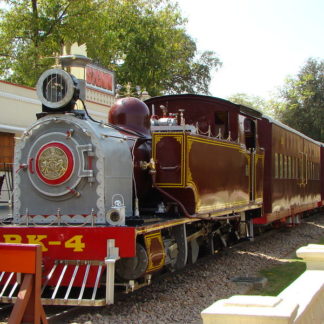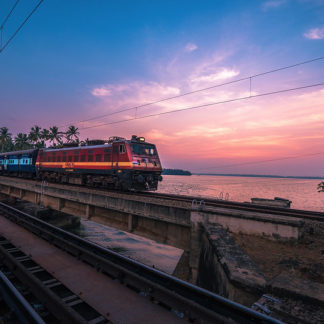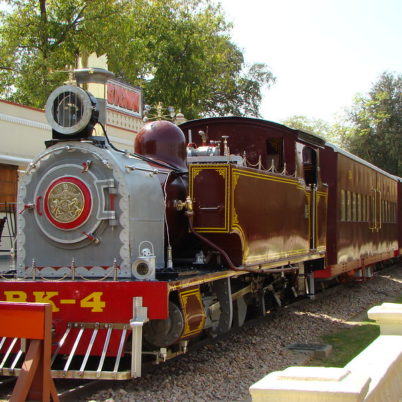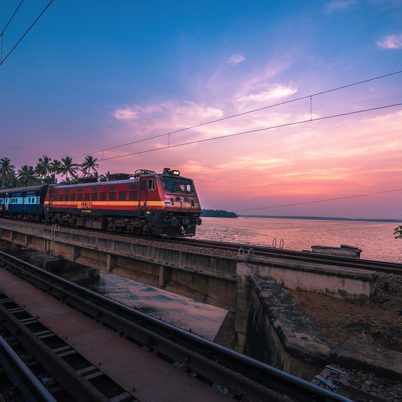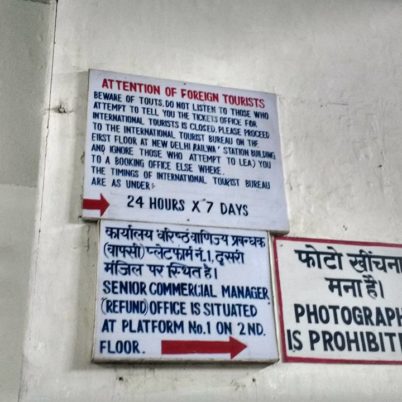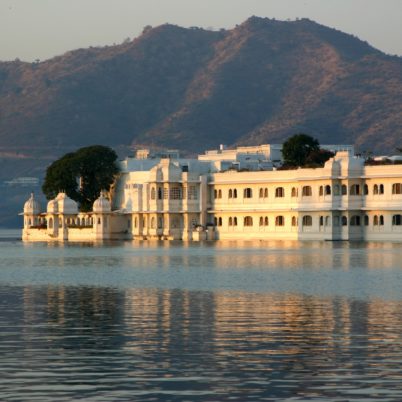Train travel in India
Created by Harsh Sonawala,Last Updated on March 27, 2024
Train travel in India is one of the most cost-effective modes of transport. However, the Indian railway system is an extremely complicated network, connecting big cities and small villages. Booking Indian train tickets can get confusing with the range of options, confirmed seats, reserved seats, waitlisted tickets, and no shows. But as an India Someday client, your only hassle with train travel in India is being able to recognize the train numbers and the different train classes available in passenger trains. We will take care of the rest.
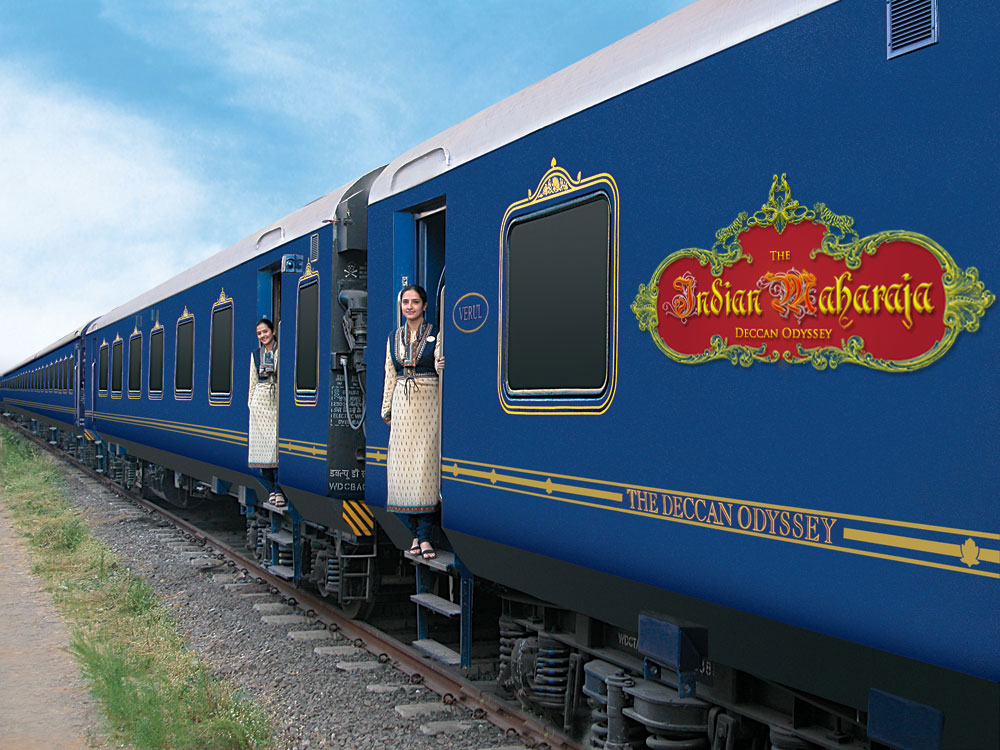 Travel in comfort in the Deccan Luxury
Travel in comfort in the Deccan Luxury
What are the different train classes in India?
Indian trains have multiple train classes, ranging from personal cabins in First Class to plane style seating in AC Chair Cars. Be it daytime journeys or long overnight journeys, there is something for every budget. While 1AC and 2AC are private, spacious, and more expensive, the Sleeper Class is a good way to travel on a lower budget if you don’t mind roughing it out. 3AC is ideal for comfort on a budget. If you are not traveling a very long distance, most trains have an executive Chair Class.
AC First Class (1AC)
Probably the most comfortable way to travel in sleeper trains, 1AC is a coupe with two or four beds, and a lockable door. There is also an attendant to give you a more personalized experience. The sleeping berths convert to seats for daytime use. These coaches are only on the most important long-distance trains and cost about twice the price of 2AC.
The windows on these coaches are slightly tinted and can hamper the view a bit, but you can still see the scenery as you pass by. Each bed has a reading light and an electrical power socket to charge your electronic devices. The washrooms are clean and well maintained, have a western-style WC and normally contain toilet paper. But it’s always better to carry your own on Indian trains, just in case.
AC 2 Tier (2AC)
2AC does not have a lockable door or additional space for luggage, but it is otherwise similar to 1AC. Bedding (pillow, blanket, and bed sheet) is provided and it is very comfortable. The air-conditioning fluctuates and it can get very cold at times. For people over the height of 6.2 ft. your legs might stick out of the berth. Just like 1AC, 2AC also has berths that convert into seats.
Similarly, each compartment has a reading light and electrical power sockets for all four passengers. The washrooms, in Indian and Western style, are normally very clean, but depending on how the other passengers use them, their usability can differ.
This is a good choice for the seasoned user when it comes to train travel in India.
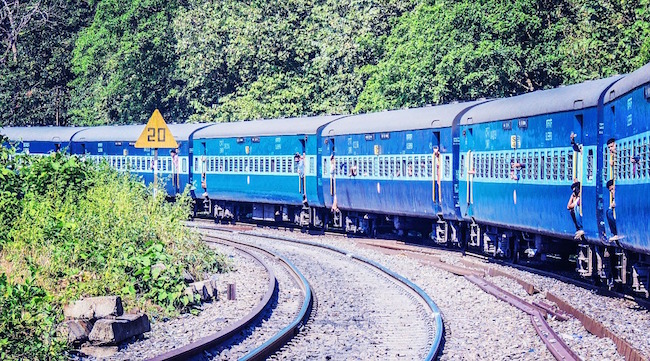 Trains are a great way to see the countryside if travelling by day, and by night a great way to meet new people
Trains are a great way to see the countryside if travelling by day, and by night a great way to meet new people
AC 3 Tier (3AC)
The cheapest of the air-conditioned coaches, the AC 3 tier has a 3×2 seating. It has three tiers – the top bunk, middle bunk, and the lower bunk – on one side and two bunks on the other side of the aisle. It is more crowded than 2AC, and lacks the privacy curtains and individual reading lights of 2AC.
You are provided with bedding and power sockets to charge, although they can be unreliable at times. You will also have to share them with the other passengers, so preferably carry a power bank with you. The washrooms have Western and Indian style toilets, which again depend on the usability of other people.
This is a great way to travel authentically and meet locals who may speak considerably good English.
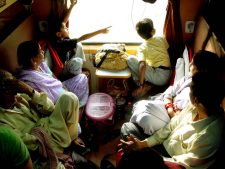
Non-AC Sleeper
This coach is a replica of the AC 3 tier, but non-air-conditioned. Most Indians travel this way and it can get quite crowded. Every Indian train has multiple sleeper class compartments. Bedding is not provided in this coach, so you will need to bring your own for longer journeys.
The sleeper class is very basic and the bathroom hygiene can be below par. There are plug points for charging in some trains. However, you get a better view of the countryside, since the windows can be opened. Train journeys in summer can get quite hot, but with the fans and breeze outside, it cools down considerably. During monsoons the windows have to be kept shut, so it can get stuffy; however, monsoons also mean some of the most spectacular views. During winters, the journeys can be quite cold, so bring appropriate clothes and something to wrap yourself up at night.
If you are an adventurous backpacker here to experience the local India, this can be a good choice for you. It is a great way to share food, songs, and stories with locals in the most authentic way.
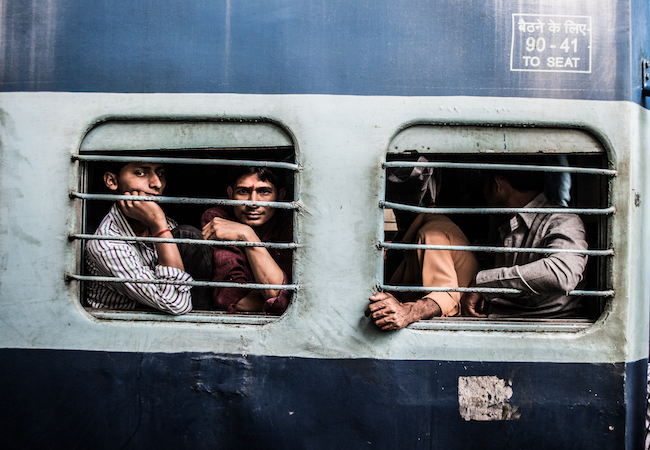 Locals looking out the window of the Non AC Chair Car compartment
Locals looking out the window of the Non AC Chair Car compartment
AC Chair Car (CC)
Normally, trains making shorter journeys and frequently travelled business sectors have AC chair cars. The layout is similar to an airplane. There is overhead space for luggage and common charging plugs that can be shared among 3 passengers. The bathrooms are clean and basic, with Western and Indian style toilets. These cars are perfect for comfortable day trips.
Non-AC Chair Car (SS)
The Non-AC Chair Car is slightly more cramped than the AC chair car and doesn’t have any power outlets. These cars are preferred by daily travellers for shorter trips and are not usually recommended for tourists, and definitely not first timers. When tickets are hard to get, you can enjoy a 2 to 4 hour ride in this class. We recommend emptying your bladder before these short trips, as the WC will not be very hygienic.
Unreserved
An experience only for seasoned backpackers, unreserved coaches see intense crowds. With wooden or padded plastic seats, you will see large hordes of Indians fighting to secure a seat in an already crowded train. It is the most economical and hassle-free coach for booking.
Nevertheless, even the most expensive classes are comparatively cheap for the distances being covered. Of course, the ideal thing to do would be to just pick out all the destinations you want to explore, give us your preferences in terms of train travel in India, and let us do the work. Contact us here if you’d like to start planning a train journey through India.
what to expect from Indian trains?
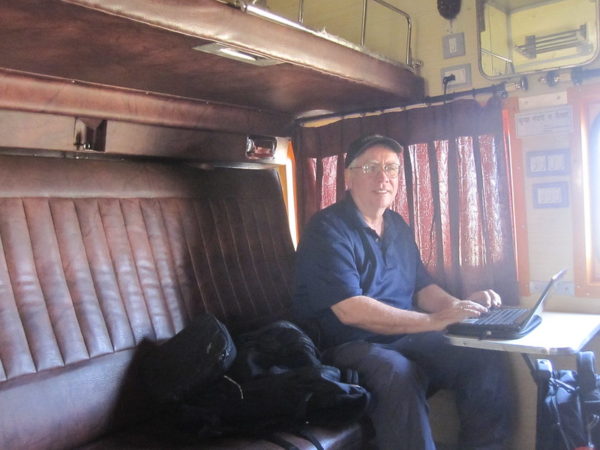 Trains are a convenient and inexpensive way of travel (Photo Credit – Rolling Okie)
Trains are a convenient and inexpensive way of travel (Photo Credit – Rolling Okie)
The Indian Railways can be intimidating, but here are a few facts and simple tips that will help you get ready for train travel in India:
Booking early
Indian Railways transport close to 18 million people on a daily basis. Book your tickets as early as possible while undertaking train travel in India. While e tickets have made things easier, it can still be a hassle to book tickets on a short notice. You can book tickets only 120 days before your date of travel, or in some trains, just 30 days prior. Unless you are backpacking or have a lot of time on your hands to wait to get a confirmed ticket, booking well in advance is a must.
Booking in First Class travel
Some shorter train journeys have a First Class with normally 24 to 32 seats in 1AC car. It is difficult to get these tickets, but 2AC and 3AC are also very comfortable and provide the experience you are looking for.
If you’re looking for a luxury train experience, have a look at some of the most luxurious trains in the world.
Foreigners’ quota
For the undecided foreign traveller, you can purchase a few tickets under a special quota reserved for foreign visa holders (not if you are registered in India). However, you can only do this once you reach certain train stations in India and we cannot book them for you. During the peak season between October and March, even these tickets sell out quickly.
Here’s more detailed information about this type of ticket for foreigners.
Long-distance trains in India
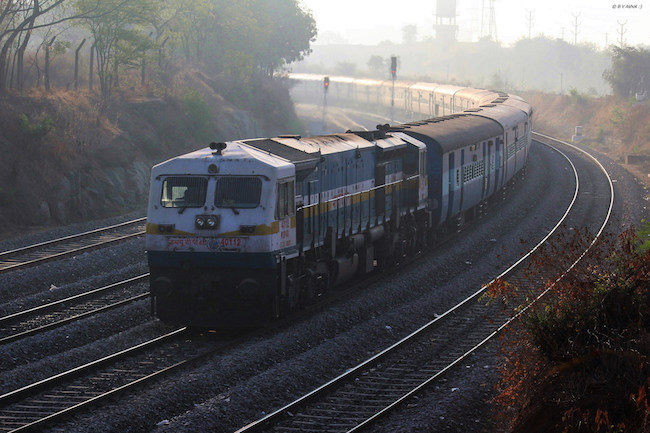 Long-distance trains in India are a very comfortable and very efficient way to move around the country
Long-distance trains in India are a very comfortable and very efficient way to move around the country
There can be several types of trains for a single route. For example, the Mumbai to Delhi route has plenty of options. We advise choosing trains that start and end at your station of origin and destination. Trains that arrive from elsewhere have a higher likelihood of being delayed. We speak from experience: having to wait for 6 to 10 hours at train stations is no fun.
If you want to check out some of our best train routes, here is a good place to start.
Train food:
Unless you are open to eating a little questionable food at train stations or from the train pantry, carry your own food during trips. The food here is delicious but it might not be very hygienic. You can steer clear of it if you are a picky eater or have a sensitive stomach. Stick to hot food and carry snacks and sandwiches to keep you satisfied. If you need to eat a meal on the train, you can get something fresh from the train station, but make sure you don’t miss your train.
Bathrooms:
The bathrooms can get a little dirty after continuous use from other passengers. Carry toilet paper, soap, and maybe a can of deodorant to spray before you use it. The AC compartments have Western toilets that are fairly well-kept, but always be prepared on long Indian train journeys.
Learn More: Travel Costs in India
This guide should tell you everything you need to know about train travel in India even in the worst case scenarios, but you can always contact us if you have any doubts. If you cannot wait to board the trains of India and travel across the country in a comfortable yet authentic way, get in touch and plan your trip with us.
helping you travel your way
Everything you need to know about India is here We have tried writing about everything you may need help with for your trip to India, If you need help in planning a trip to India Get in touch with us to to plan your trip of a life time.



